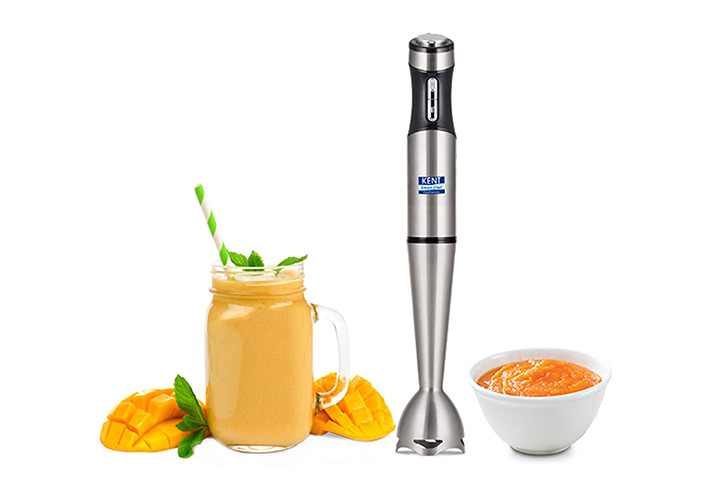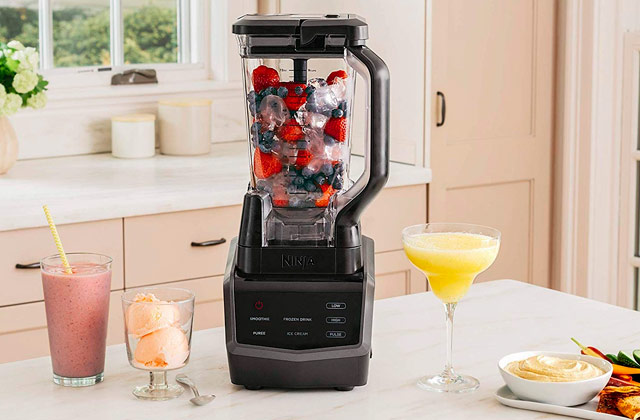

"This particular blender is my favorite because it's lightweight and ergonomic enough for most people to use even if they don't have a strong grip or if they have joint and wrist issues," she says. But there's no reason to let something like arthritis get in the way of your salsa needs.Īmber Adams, a Kansas City, Missouri-based food blogger and founder of, says people with wrist issues should look to the Braun MultiQuick 5 Immersion Hand Blender. One of the downsides to immersion blenders is that they can be hard to use if you have joint pain or other issues with your hands. Best Immersion Blenders Cuisinart Smart Stick Hand Blender: From $55 So if you're interested in getting your puree on, here are the best immersion blenders, according to recommendations from health experts and food bloggers. "Although I would not recommend an immersion blender for blending ice or frozen fruit."įall will be here before you know it, and nothing warms you up like a hearty homemade soup. "If you don’t have to bring out the blender, why would you?" Murdy says. They're also easy to clean - a quick rinse under the sink often does the trick, and some models are dishwasher-safe. Immersion blenders have much smaller blades and motors, so they're best for smaller and more controlled blending jobs in the kitchen. Hawaii Alaska Florida South Carolina Georgia Alabama North Carolina Tennessee RI Rhode Island CT Connecticut MA Massachusetts Maine NH New Hampshire VT Vermont New York NJ New Jersey DE Delaware MD Maryland West Virginia Ohio Michigan Arizona Nevada Utah Colorado New Mexico South Dakota Iowa Indiana Illinois Minnesota Wisconsin Missouri Louisiana Virginia DC Washington DC Idaho California North Dakota Washington Oregon Montana Wyoming Nebraska Kansas Oklahoma Pennsylvania Kentucky Mississippi Arkansas Texas Get Meals Delivered to My Door With a traditional blender, you run the risk of over-blending foods like salsas, pancake batters, and purées," he says. Michael Murdy, the Spokane-based founder of the online foodie resource Robust Kitchen, likes immersion blenders "because they have way more control over texture and thickness. For example, if you put the ingredients for salsa in a regular blender, you'd likely produce some sort of tomato-onion smoothie rather than a thick and chunky sauce you can dip a chip in.

Immersion blenders typically aren't as strong as regular blenders, but they offer the home chef more finesse - which comes in handy if you want to whip or puree something.

An immersion blender is what you would reach for if you are making soup, stew, sauce, pesto, salsa, various egg dishes, or perhaps if you want to whisk up some baby formula. To use a handheld immersion blender, you place your ingredients in a container (often, a pot or sauce pan), and then lower the gadget in and get to work. An immersion blender, on the other hand, is helpful when you're trying to blend ingredients you want to eat, rather than drink. What's the difference between a traditional blender and an immersion blender? With a regular blender, you put all your material in a pitcher-like container, cover it and turn on the blades - and the result is a custom-made beverage you can drink.

What about immersion blenders? Well, depending on how much cooking you do and what you like to make, an immersion blender, also known as a stick blender or hand blender, could also be a terrific tool to have in your kitchen. Traditional blenders are great for making margaritas and smoothies.


 0 kommentar(er)
0 kommentar(er)
